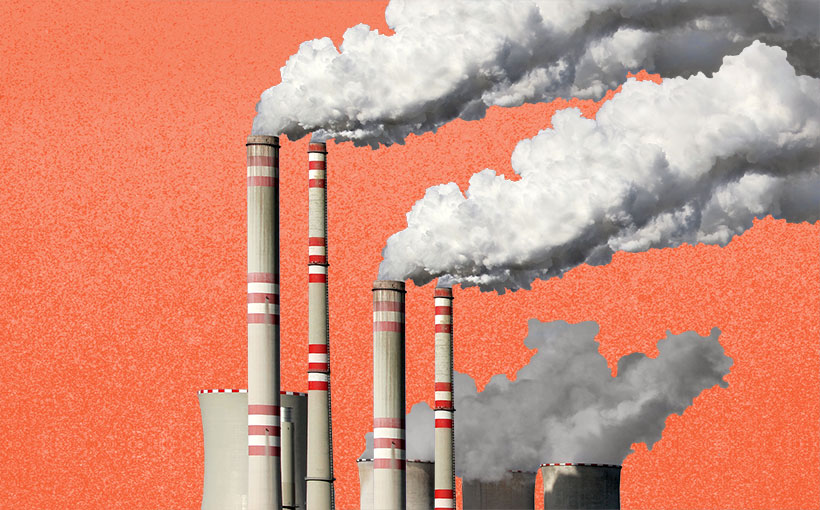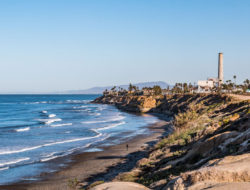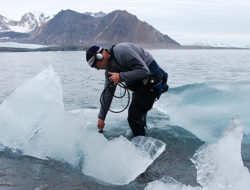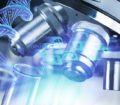Most folks know carbon dioxide (CO2) is a greenhouse gas that triggers warmer temperatures, leading to climate change. But few know about hydrofluorocarbons (HFCs), which are short-lived compared to CO2 but have a warming effect that’s 1,000 to 4,000 times more potent. One San Diego climate scientist’s work has recently led to 170 countries signing a global agreement to stop using or phase out this common, but harmful, pollutant.
HFCs are used in coolants for refrigerators and air conditioners. If we stopped using this chemical, it could help lower Earth’s temperature by 1 degree Fahrenheit, which former Secretary of State John Kerry said is “the biggest thing we could do in one giant swoop.” This research on “super pollutants” is the life’s work of Veerabhadran Ramanathan, distinguished professor of climate and atmospheric sciences with the Scripps Institution of Oceanography at UC San Diego.
“I waited 41 years for this to be recognized,” he says. “It was one of my happiest days.”
Back in 1975, Ramanathan published research on the dangers of chlorofluorocarbons (CFCs) that were used in packing materials and aerosol cans. CFCs were banned in the ’80s, but since the global community did not recognize the harm inherent in this class of chemicals, they were replaced by HFCs—which Ramanathan has since tirelessly studied.
Ramanathan’s groundbreaking work led to an invitation from Ban Ki-moon, former secretary-general of the United Nations, to speak about climate change, and even caught the attention of Pope Francis, who invited him to serve on the Vatican’s Pontifical Academy of Sciences.
Tags: Energy, Environment






























